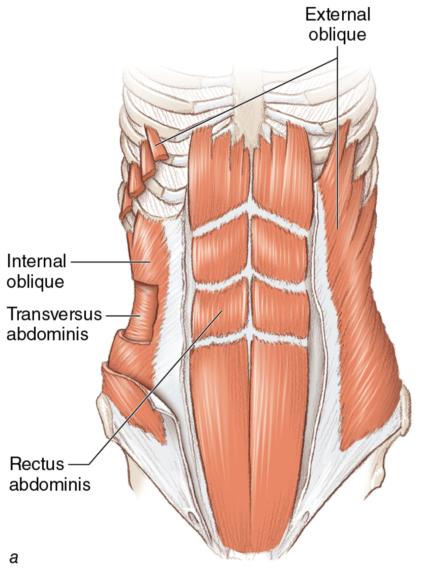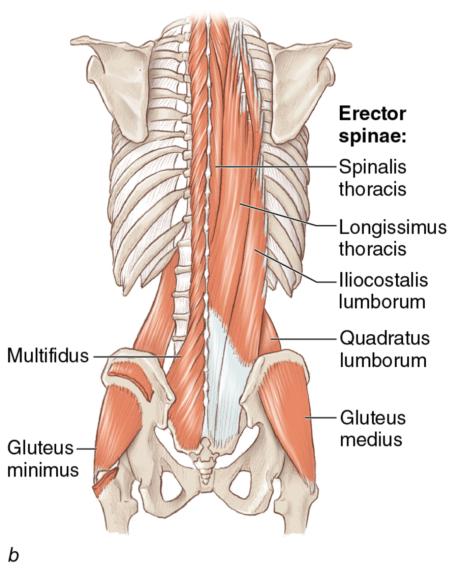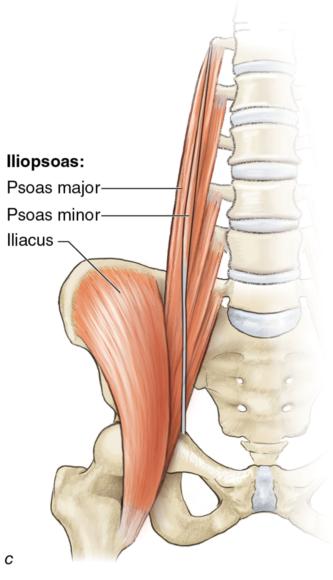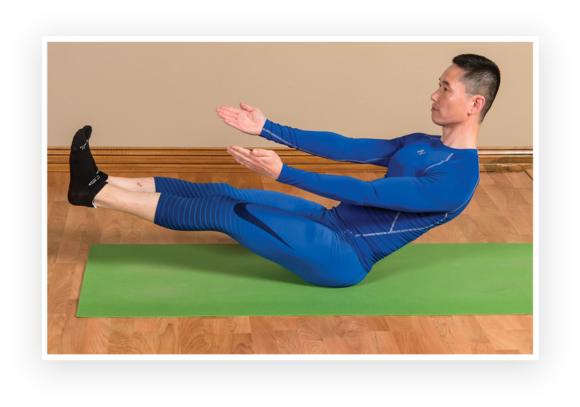Build Your Core
This is an excerpt from Yoga for Athletes by Ryanne Cunningham.
Personal trainers and coaches in all sports include core exercises as part of training. Yoga has always emphasized the central muscles that are the foundation of the entire trunk. Core muscles include more than the front abdominal muscles that people refer to as a six-pack. The core muscles also include the low back, muscles surrounding the hip, and the whole area that supports your spine, which are all shown in figure 1.9.
 |
 |
 |
Core muscles: (a) abdominal muscles; (b) posterior outer core muscles; (c) anterior outer core muscles.
Three sheaths of muscles make up the core. The upper abdominal muscles move the body between the rib cage and the pelvis. In addition, the oblique abdominal muscles (obliques), which are positioned at the sides of the trunk, are essential for the twisting actions that mark many sports. Finally, a deep layer of abdominal muscles supports your internal organs. All three layers must be strong and work together to provide a balanced, effective yoga practice.
A strong core protects the low back and reduces injuries. The core also gives power to the legs for quick bursts of strength. In fact, core strength gives power, stability, and balance for greater performance in all sports, so it is important for everyone. A full yoga practice builds all the core muscles because the balance needed to hold the poses and stretches involves the deepest muscles of the body. Some yoga poses, such as the boat pose, focus directly on the core. This pose reminds you how important the core is in performance.
Boat Pose

Muscles
Psoas, pectineus, sartorius, rectus femoris, rectus abdominis, adductors, quadriceps, erector spinae, quadratus lumborum, trapezius, rhomboids
- Sit on your mat.
- Bend your knees and plant your feet on the mat.
- Wrap your hands around your thighs.
- Lean your torso back until your arms are straight.
- Lean back farther until your feet lift off the floor and you are balancing on your butt, just behind the sitting bones.
- As you hold the pose, engage your core by pulling your navel toward your spine.
- Straighten your legs (figure 1.10).
- Keep lifting your chest to maintain a long spine and to keep your core engaged.
- Gaze forward.
Modification
Enter the pose the same way, but keep your knees bent rather than extending the legs.
Safety Tip
Keep your chest lifted and your navel pulled in to strengthen your core and to avoid strain on your low back. Lifting the chest also helps to prevent a rounded back, which can contribute to pain and overuse injuries.
Learn more about Yoga for Athletes.
More Excerpts From Yoga for AthletesSHOP

Get the latest insights with regular newsletters, plus periodic product information and special insider offers.
JOIN NOW


